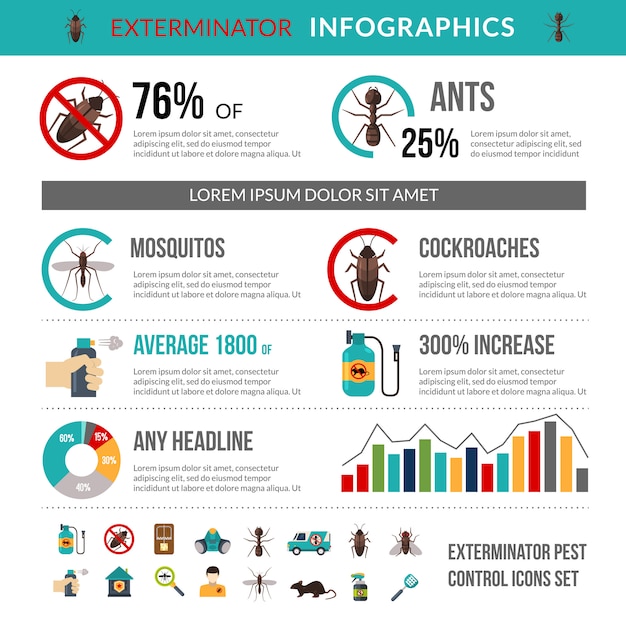Understanding Rodent Actions: Expert Insights For Effective Parasite Control
Understanding Rodent Actions: Expert Insights For Effective Parasite Control
Blog Article
Content Created By-Berg McNamara
Imagine having the ability to anticipate the moves of your challengers in a game of chess, constantly remaining one step in advance.
On the planet of insect control, recognizing rodent actions is like having that tactical advantage. By obtaining specialist understandings into the nesting practices, feeding patterns, and communication and social actions of rodents, you can successfully fight these pesky animals.
Yet how precisely do local exterminators for mice act, and why is it vital to recognize? In this conversation, we will certainly unravel the enigmas of rodent actions, supplying you with useful expertise that will aid you remain ahead in the fight versus parasites.
Are you ready to uncover the tricks of these shrewd animals?
Nesting Behaviors
To recognize rodent behavior and successfully control insects, it is essential to obtain insight into their nesting practices.
Rodents, such as mice and rats, have an all-natural reaction to discover sanctuary and produce nests where they really feel secure and secure. These nests serve as their homes, reproducing premises, and storage space locations for food. Understanding their nesting habits can help you identify possible locations of infestation and implement targeted control procedures.
Rats generally favor nesting in dark, private spaces, such as attic rooms, basements, crawl spaces, and wall gaps. They make use of materials like shredded paper, material, insulation, and also chewed-up electrical cables to build their nests.
Feeding Patterns
Rats exhibit unique feeding patterns that play a crucial role in their actions and can inform efficient bug control approaches. Recognizing these patterns is necessary for applying effective insect control actions.
Rats are opportunistic feeders, suggesting they'll consume whatever food is easily offered. They prefer high-calorie foods such as grains, nuts, and seeds. This is why appropriate storage of food and waste monitoring are crucial in avoiding rodent invasions.
Furthermore, rats are nighttime, which indicates they're most active during the night when they look for food. By understanding their feeding patterns, you can purposefully position catches and baits to optimize their efficiency.
Keeping food sources hard to reach and keeping a clean atmosphere can help deter rodents and decrease the risk of invasion.
Interaction and Social Behavior
Recognizing exactly how rodents communicate and interact socially is important for effective insect control approaches. Rodents, like computer mice and rats, have complicated interaction systems that they use to communicate info to every various other and coordinate their activities. Here are 3 key facets of rodent communication and social actions:
1. Vocalizations: Rodents create a variety of singing audios, consisting of squeaks, tweets, and chattering, to connect with each other. These vocalizations can share different messages, such as danger cautions or mating phone calls.
2. Scent marking: Rats utilize scent glands to leave chemical signals on items and in their atmosphere. These scent marks work as territorial boundaries and connect info regarding reproductive status, prominence, and social affiliation.
3. Social hierarchy: Rodents have a hierarchical social structure, with leading people having access to sources and preferred nesting sites. Understanding this hierarchy is important for targeting pest control efforts and recognizing vital people for elimination.
Conclusion
So, there you have it - a short look into the remarkable world of rodent habits. By understanding get redirected here nesting practices, feeding patterns, and communication, we can much better deal with the problem of insect control.
Did https://milwaukeecourieronline.com/index.php/2023/02/04/are-landlords-responsible-for-pest-control/ recognize that a female computer mouse can create approximately 10 trashes annually, with each litter including around 5-6 pups? This amazing figure highlights the relevance of prompt and reliable bug monitoring to prevent rodent populaces from spiraling out of control.
